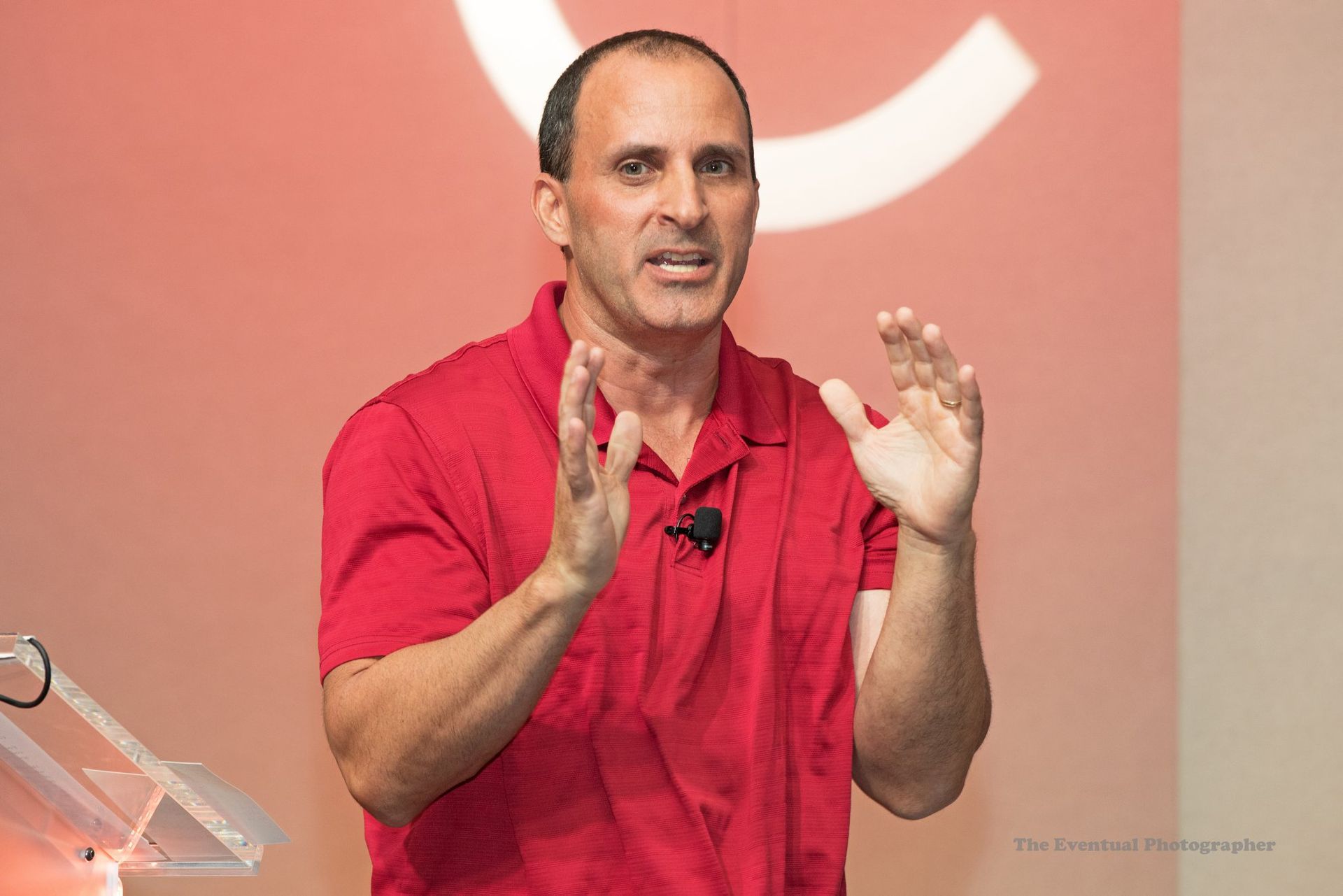SolarWinds, which Silver Lake and Thoma Bravo are buying for $4.5 billion, has created a confidential presentation for potential lenders and investors interested in the deal.
To be clear: Silver Lake and Thoma Bravo are still buying SolarWinds and its N-able business -- which works closely with managed services providers (MSPs). But an SEC filing suggests that "a confidential presentation to potential lenders and investors" is designed to help attract financing for the deal. That presentation apparently started to reach potential lenders and investors on January 12, 2016.
SolarWinds 2015 Revenue Estimates
That confidential presentation includes a range of financial and customer metrics, according to SolarWinds' SEC filing. Among the financial metrics in the filing:
SolarWinds Customer Metrics
SolarWinds Buyout and Long-Term Goals
The SolarWinds buyout, negotiated in late 2015, involved roughly 66 days of negotiations and nine potential suitors. While SolarWinds' core technologies appeal to IT professionals, the company remains strongly committed to its N-able software for MSPs, sources have indicated.
Longer term, SolarWinds plans to grow revenues to nearly $1 billion by 2020, according to another SEC filing reviewed by ChannelE2E. That's nearly double 2015's preliminary figure of $504.1 million.
No doubt, SolarWinds has a broad product portfolio -- spanning monitoring and performance management for networks, servers, applications, security, and database management. Those areas are ripe for growth as customers extend applications across traditional, hybrid, cloud and mobile environments.
Established and Emerging SolarWinds Rivals
But those opportunities also come with challenges -- including potential rivals like:
Bottom line: SolarWinds remains in growth mode, with an attractive portfolio of tools designed for corporate IT professionals and service providers. But it sounds like Silver Lake and Thoma Bravo will welcome potential investors to the table to help finance the buyout.
At the same time, SolarWinds will need to continue investing heavily -- for organic R&D and potential acquisitions -- to address the next waves of IT management, from big data and Docker containers to the Internet of Things.




